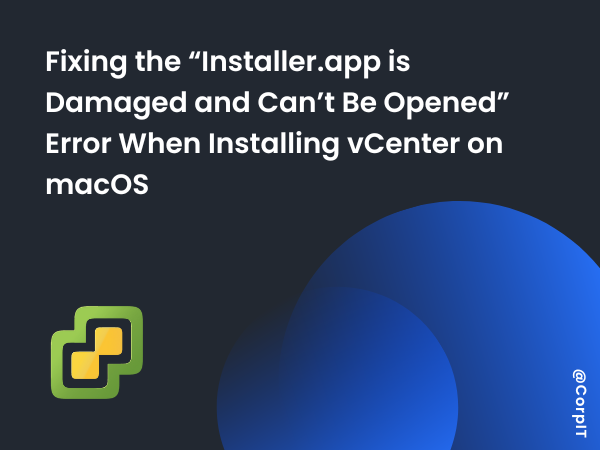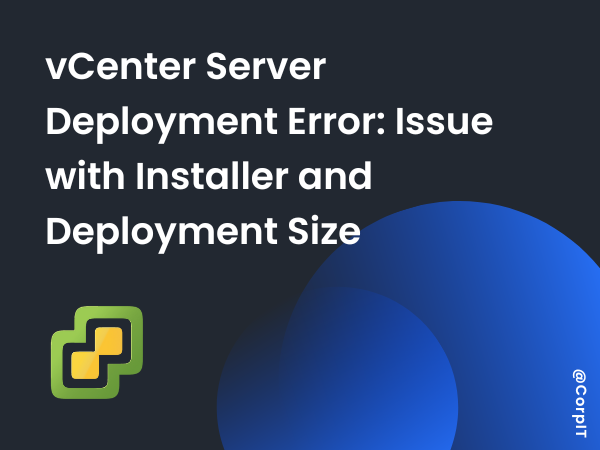Upgrading an ESXi host using the command line with internet access can be done by connecting the host to VMware’s online depot and using esxcli commands. Here’s a step-by-step guide to upgrade your ESXi host:
Table of Contents
Prerequisites:
- Make sure your ESXi host is connected to the internet.
- Check that you have SSH access enabled on the ESXi host.
- Have a backup of your host configuration and VMs.
- Ensure the host is in maintenance mode.
Steps to Upgrade ESXi:
Enable SSH on the ESXi Host (if not already enabled):
- Log in to the ESXi web interface.
- Go to Manage → Services.
- Find and start the SSH service.
SSH into the ESXi Host:
- Use an SSH client like PuTTY or the terminal if you’re on a Unix-like system:
ssh root@<ESXi_host_IP> Place the ESXi Host in Maintenance Mode:
- Before starting the upgrade, place the host in maintenance mode to avoid any VM disruption:
esxcli system maintenanceMode set --enable trueCheck Current Version:
- To check the current ESXi version, run:
vmware -vFind the ESXi Profile to Upgrade:
- Run the following command to list available profiles for upgrading:
esxcli software sources profile list -d https://hostupdate.vmware.com/software/VUM/PRODUCTION/main/vmw-depot-index.xmlUpgrade ESXi Using the Profile:
- Once you have identified the correct profile for your version (for example,
ESXi-7.0U3c-19193900-standard), run the following command to upgrade:
esxcli software profile update -d https://hostupdate.vmware.com/software/VUM/PRODUCTION/main/vmw-depot-index.xml -p <profile_name>- Example:
esxcli software profile update -d https://hostupdate.vmware.com/software/VUM/PRODUCTION/main/vmw-depot-index.xml -p ESXi-7.0U3c-19193900-standard
Reboot the ESXi Host:
- After the upgrade is successful, reboot the host:
rebootOptional: Check the ESXi Version After Upgrade:
Once the system reboots, you can verify the version by running:
vmware -vThis should display the new version of ESXi installed on your host.









